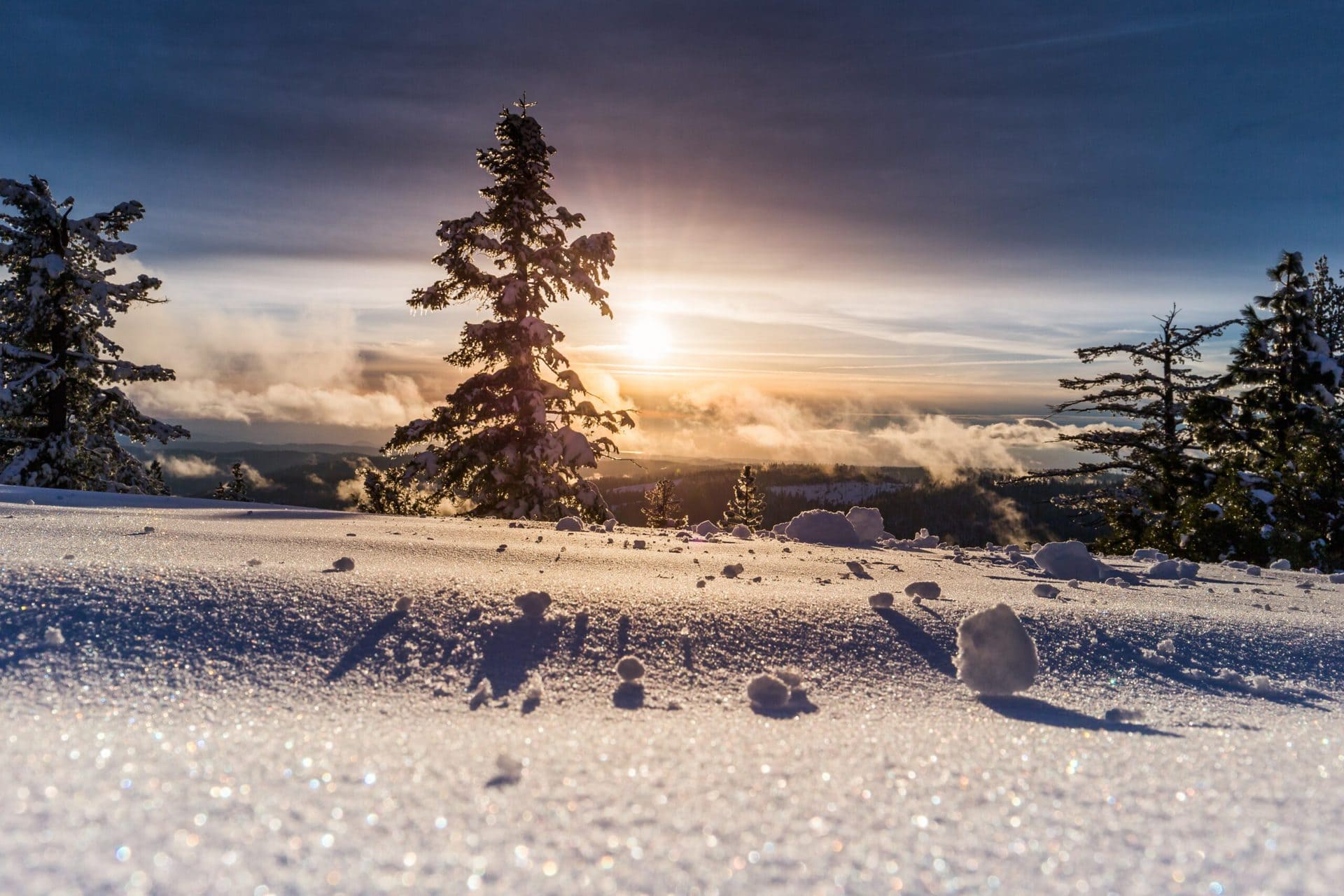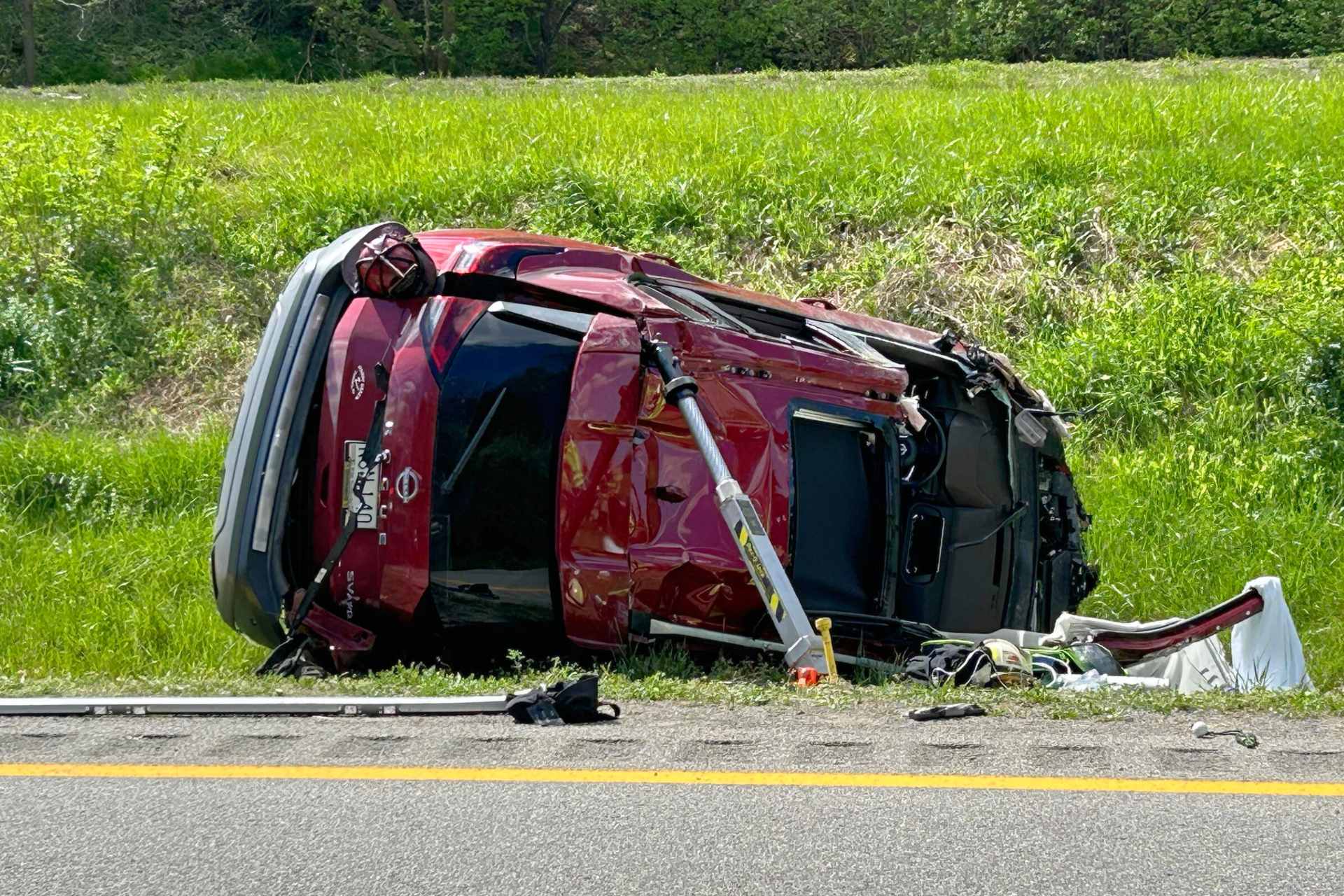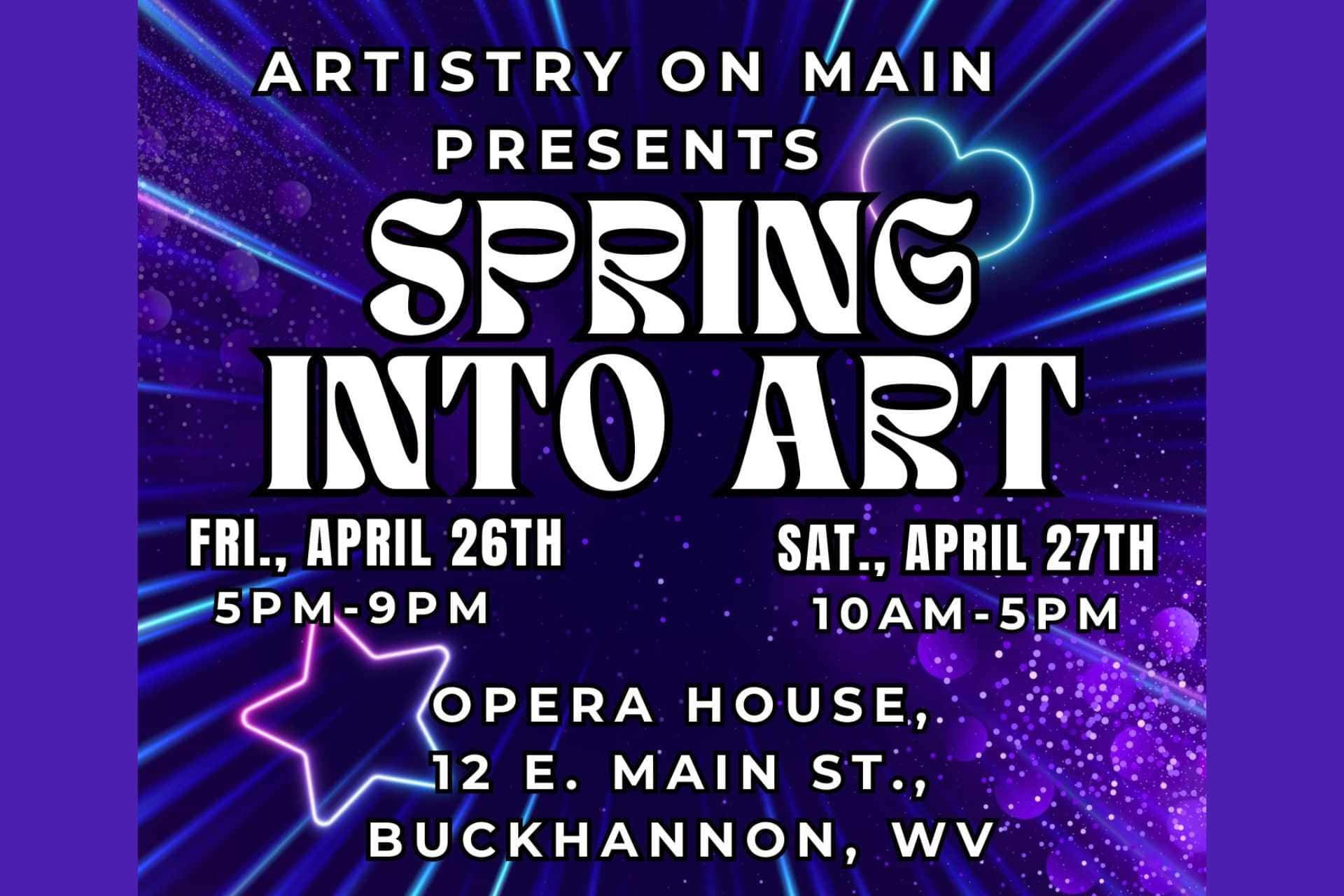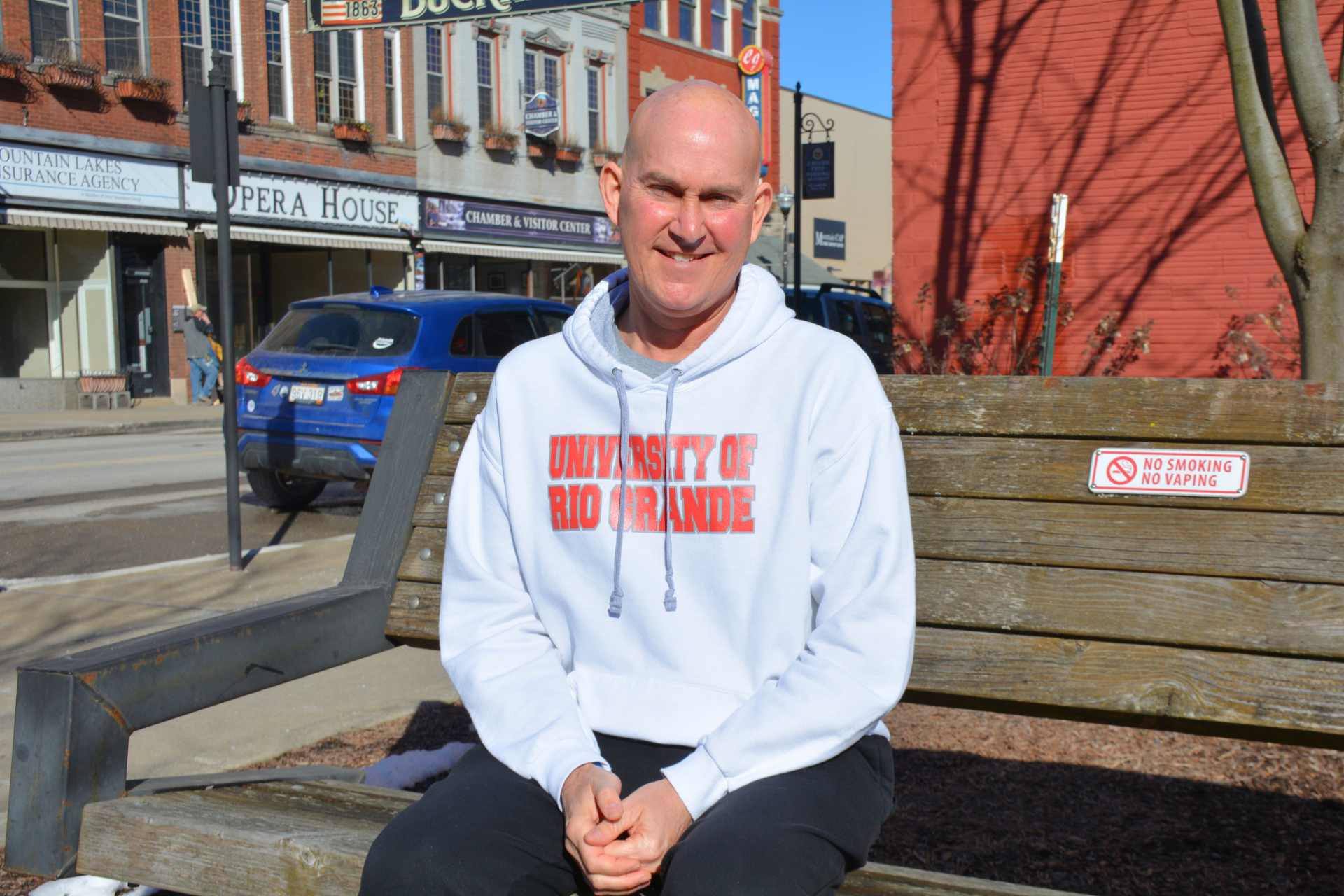BUCKHANNON – Two astronomical occurrences this week – the Winter Solstice and the appearance of the ‘Christmas Star’ – will give folks reason to celebrate and enjoy the winter season, knowing the days will be lengthening as the nights become shorter.
Both events land on Monday, Dec. 21 this year.
Buckhannon resident Shauna Jones said she celebrates the Winter Solstice by creating a simple outdoor mandala on her patio which features pinecones, greenery, holly berries and candles.
“I write down what I want to let go of, acknowledge it, then burn it,” Jones shared. “I play meditative music in the background and let the candles burn down and then I say thank you.”
Jones said for the last four or five years she has celebrated both the Winter and Summer Solstices.
“I guess my worldview of spirituality has expanded over the last 10 years and I embrace the loving parts of Christianity as well as some Buddhist philosophy and practices,” Jones said. “I appreciate creation and to me, everything comes from love and energy. I think the Solstices are two times of the year to celebrate – the longest day and the shortest day of the year – and what they hold for this earth we live on.”
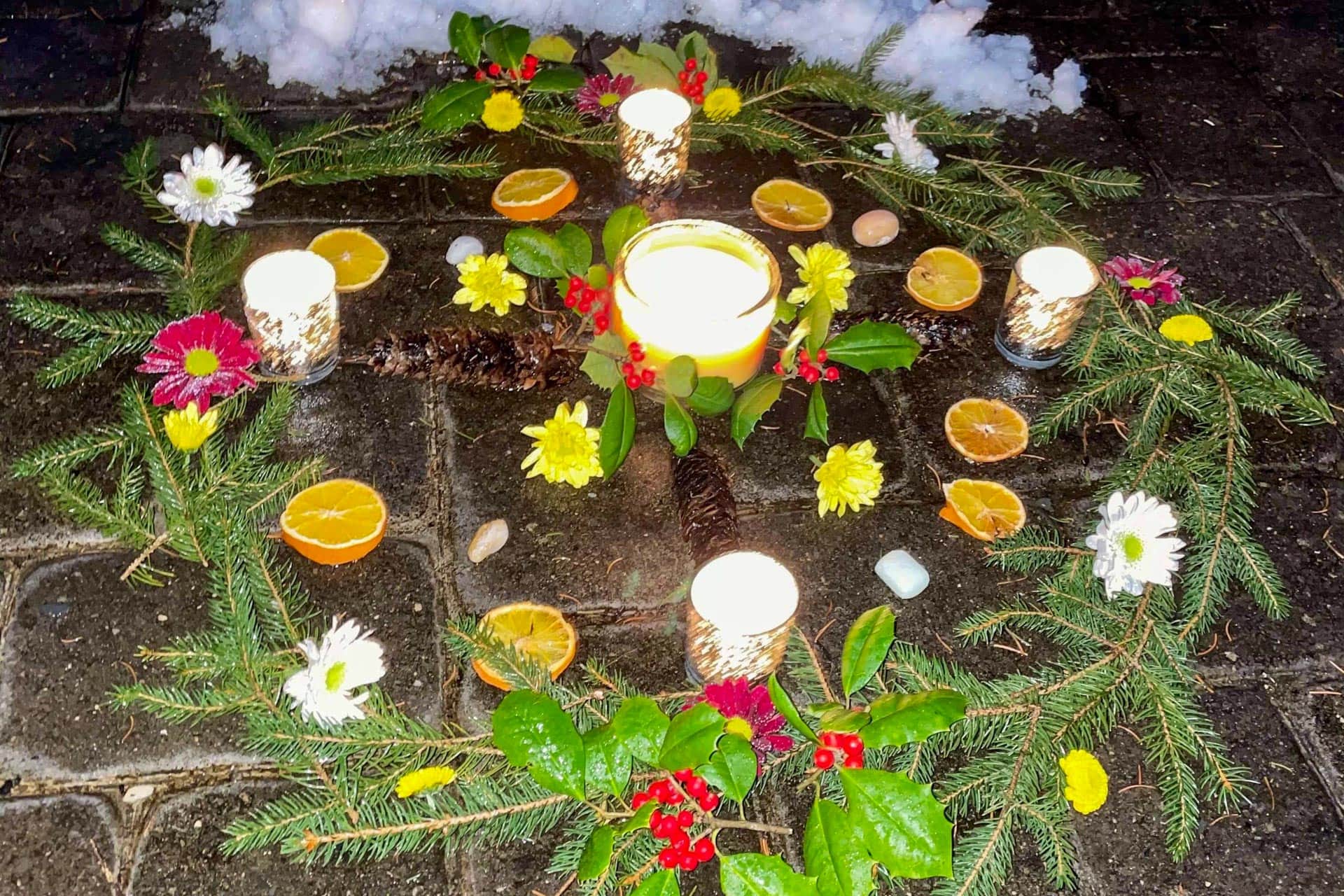
Jones said that to her, Winter Solstice is the sign of hope and means longer and brighter days are on their way.
“Especially in 2020, this is a perfect time to look forward to better days,” Jones said.
Buckhannon resident Kim Howard said she also celebrates the Winter Solstice. On Facebook, Howard wrote, “It sounds kind of witchy, but I usually burn a candle and put some herbs and an oak leaf in it along with a bay leaf and just kind of clear my thoughts and think of positive intentions for the year to come.”
Connie Linger, who grew up in Buckhannon, said she regularly posts on Facebook how much daylight we are losing or gaining each day. She said she follows a handy Almanac Calendar that her dad used – which helped him determine when to plant his garden crops.
“I do not necessarily celebrate the Winter Solstice specifically, but I do celebrate the season and this day is the shortest one of the year,” Linger said. “When we get to Winter Solstice, we are looking for hopeful signs that light is really coming back. To me, it is like Fasnacht which is celebrated in Helvetia when they burn Old Man Winter. My feeling is, it is kind of the same. It is the beginning of Winter and it is funny that winter begins on the day when the sun starts climbing back out way in this hemisphere. I tend to use this to make me feel better about things.”
Linger said the Almanac Calendar her father, Orestes Wayne Linger, used is produced by the American Calendar Company.
“My dad used to get this Almanac Calendar from Home Hardware in Buckhannon,” she said. “It no longer exists but was located across from the Dairy Queen. They would give out this calendar and that is where it came from.”
For her, Linger said, the Winter Solstice means that winter is going to go away and light is coming.
Sunset.com offers some ways to celebrate the Winter Solstice – the shortest day of the year – including rituals and traditions that celebrate nature and involve setting one’s intentions for the upcoming season. They suggest using candles that symbolize the sun and using wreaths made from pine and holly or making a yule log – then cleansing with sage. They also suggest exchanging nature-based gifts with friends and giving back to nature by scattering seeds for birds. Another idea they share is to create a special place for meditation or contemplation.
Tracey DeLaney, assistant professor of physics at West Virginia Wesleyan College, explained exactly what the Winter Solstice is and how it affects the lengths of the days here on Earth.
“The spin axis of the Earth is tilted by about 23.5 degrees and this tilt accounts for our seasons as we orbit around the sun,” DeLaney said. “Specifically, during the summer, the sun gets very high in the sky, although not directly overhead for our latitude, and we have more daylight hours. During the winter, the sun gets very low in the sky, only about 27 degrees above the horizon at noon for us in Buckhannon.”
DeLaney said when the sunlight is at this low angle, it is much less concentrated than in the summertime and, combined with shorter daylight hours in winter, leads to the colder weather.
“The southern hemisphere has opposite seasons because when the sun is low in the sky for us, it is high in the sky for them, and vice versa,” she said. “The distance to the sun plays almost no role in the Earth’s seasons because the Earth’s orbit is very nearly circular and, in fact, we are slightly closer to the sun during the northern hemisphere winter.”
She said the Winter Solstice is when the sun is at its lowest in the sky at noon and said this occurs around Dec. 21 each year.

“The word ‘solstice’ is Latin for ‘sun stands still’ because the Sun stops its northward migration in the sky and starts migrating south,” DeLaney said. “The winter solstice has always been a time of celebration throughout history for all cultures as it marks the midpoint of the cold season and, from here on out, the days grow longer leading to spring. It often represents renewal and the triumph of the sun over darkness. There are usually festivals of light to scare away the spirits from the longest nights of the year.”
DeLaney said the Winter Solstice has been defined as the first day of winter in a meteorological sense.
“I always thought that was pretty silly – winter should be the three coldest months statistically with the first day of winter set based on that data, but that’s my personal opinion,” she said.
THE CHRISTMAS STAR
Everyone will be scanning the sky looking for the ‘Christmas Star’ on Dec. 21, which is also the day of Winter Solstice. Even though this is not technically a ‘star,’ it is the two largest planets in the Earth’s solar system coming close together to create a bright blast in the night sky and this conjunction will be visible just around twilight.
DeLaney said the ‘Christmas Star’ is a pretty cool phenomenon appearing this year.
“When two objects appear close to each other in the sky, this is called a conjunction,” she said. “We see conjunctions fairly often between the moon and other planets, between planets and bright stars and between planets that are closer to the sun – such as Mercury, Venus and Mars –because they orbit the sun rather quickly. Jupiter, however, takes about 12 years to orbit the sun and Saturn takes about 29 years to do so. Therefore, about every 20 years, these two planets appear close to each other in our sky.”
She said the actual apparent separation between bodies in conjunction varies because planetary orbits are not exactly in the same plane.
“A ‘great conjunction’ happens when the two bodies appear very close,” DeLaney said. “This year, Jupiter and Saturn will appear extremely close, about 0.1 degrees or about one-fifth of the width of the moon (about the thickness of a dime held at arm’s length). They will be a little too far apart to appear as one ‘star,’ but it has been about 400 years since they were this close to each other in the sky. It is an added treat that this conjunction is on the Winter Solstice.”
DeLaney said to view the conjunction or ‘Christmas Star,’ look into the southwest just after sunset, but before 7 p.m. when the two planets will set and no longer be visible.
“If the sky is cloudy, Jupiter and Saturn will be near each other for a while, although not as close as on the 21st, so you can enjoy them for a little while longer,” DeLaney said. “However, as the Earth orbits the sun, and the sun appears to journey eastward among the stars, Jupiter and Saturn will get lost in its glare at sunset.”
She added that another sky event to look for is on Jan. 10, when Mercury will join the fray for a spectacular triple conjunction.
“However, you will need to catch them in the 20 minutes between sunset and planet set,” she said.
DeLaney said the conjunction on Dec. 21 might also be an explanation for the Star of Bethlehem – the Christmas Star.
“The Magi were the astronomers of their day and they would be tuned in to the motions of the sky, including conjunctions,” DeLaney said. “One hypothesis is that the Magi would have considered a great conjunction an important event of the day. In June of 2 BC, there was a great conjunction of Venus and Jupiter (the two brightest planets in the sky) near the star Regulus in the constellation of Leo. These all have ‘kingly’ meanings – Jupiter means king of the planets; Regulus means little king; Leo means lion or king of the beasts; along with Venus as the woman/Mary in this scenario.”
We at My Buckhannon hope everyone will take time to celebrate Winter Solstice or enjoy viewing the ‘Christmas Star’ as we look forward to longer and brighter days.
